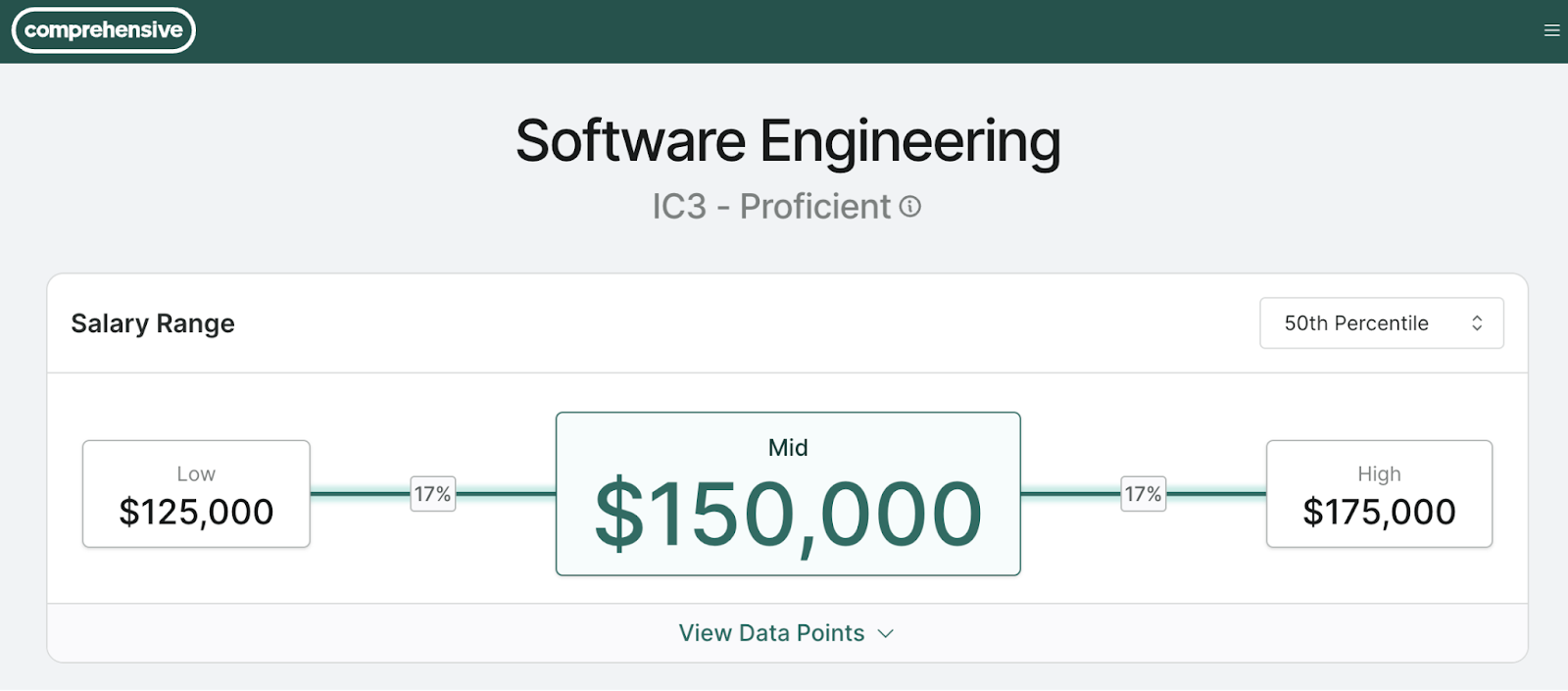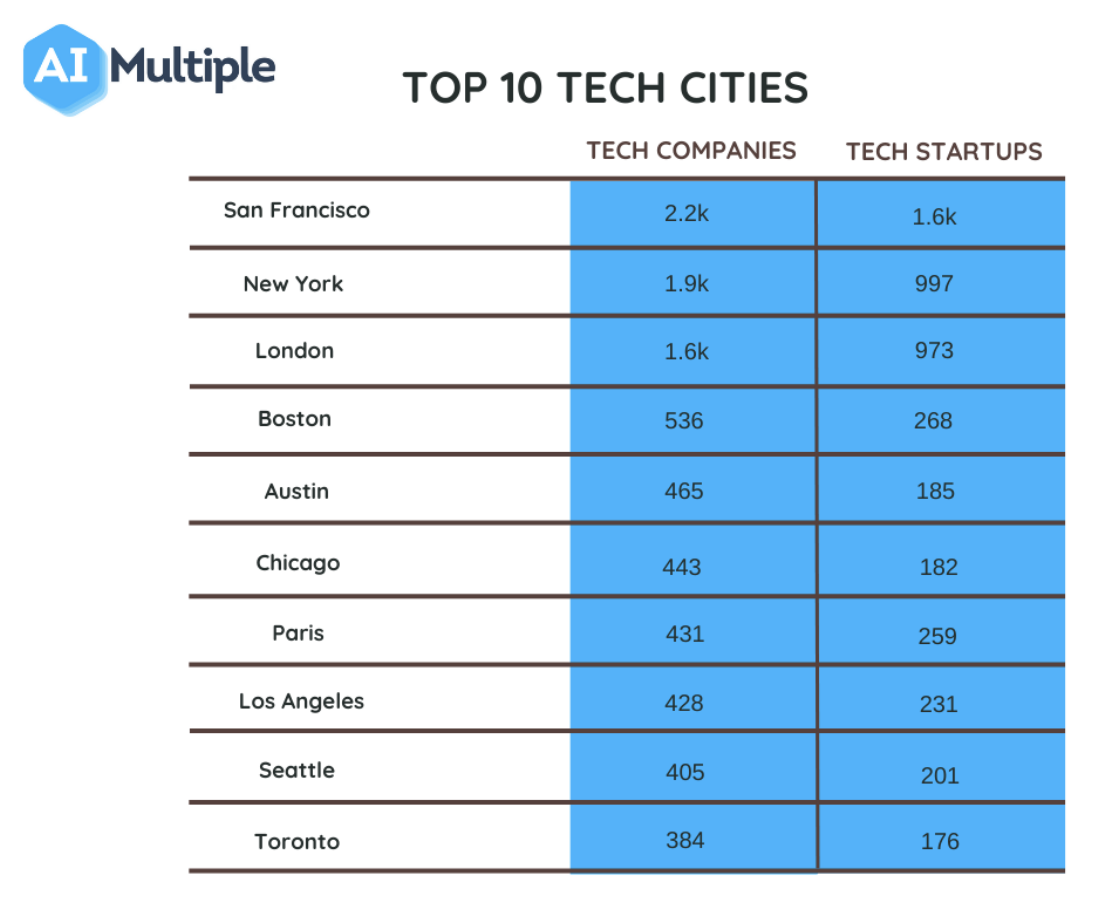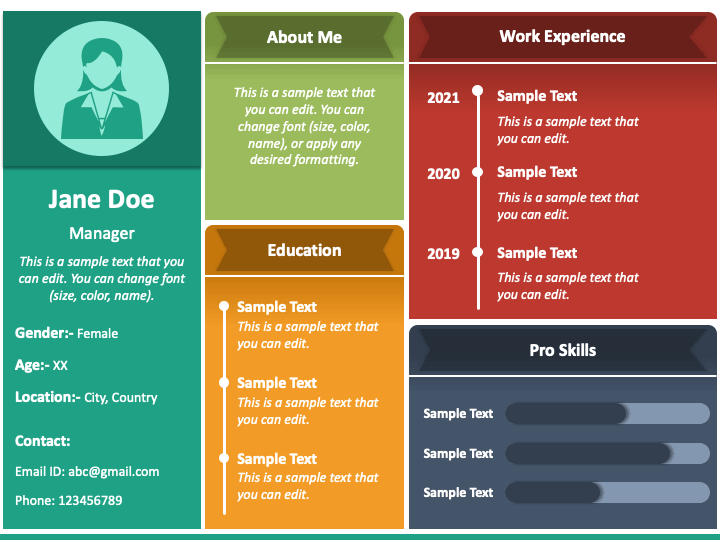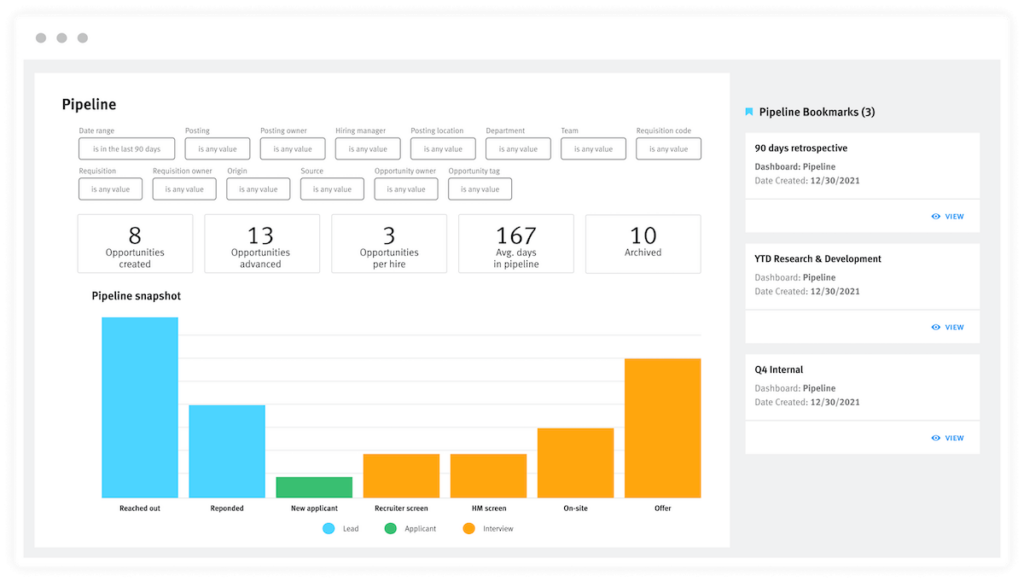What is this about? 🤷♂️
Today, we’re diving deep into the world of Pre-sourcing. It’s not just about finding talent; it’s about strategically identifying them, ensuring we’re looking in all the right nooks and crannies.
What will you learn by the end of this guide? 🧐
By the time you reach the end, you’ll be well-versed in Market and Talent Intelligence, two game-changers in the modern recruitment arena. You’ll know how to harness these tools to make your recruitment process smarter, sharper, and more efficient. Plus, you’ll gain insights into performing a talent market analysis using publicly available data.
Why is it important? 🤔
In the ever-evolving recruitment landscape, staying updated is a necessity. With the right insights, you’re not just keeping pace; you’re setting the pace. And that’s where Market and Talent Intelligence come in, ensuring you’re always a step ahead.
Here’s the step by step to do it 📝:
Market Intelligence: Your Recruitment Perspective 🔭
What is it for?
Market Intelligence provides a macro view of the employment landscape, helping recruiters understand industry trends, demands, and shifts. They come in many forms, namely:
1. Competitive Analysis – Understand where your company stands in the job market.
Use platforms like Comprehensive.io or Payscale to compare your company’s compensation packages against competitors.
Tools you can use:
🐸 Robert Walters or Robert Half Salary Benchmarks
🐸 Bureau of Labor Statistics (BLS): Mainly for U.S.hiring but respective governments would have similar sources
Good For: Identifying areas where your company might need to adjust its offerings to remain competitive.

2. Geographical Insights – Identify talent-rich regions.
If you’re hiring software developers, cities like Toronto or San Francisco might be high on your list due to their tech hubs.
Good For: Allocating recruitment resources more efficiently.
Tools you can use:
🐸 LinkedIn Talent Insights

Talent Intelligence: A Comprehensive Overview 🏊♂️
What is it for?
Talent Intelligence focuses on understanding individual candidates, leveraging data to make informed recruitment decisions.
1. Comprehensive Candidate Profiling – Dive deep into a candidate’s profile.
Use platforms like LinkedIn to verify a candidate’s work history and relevant projects.
Good For: Ensuring a candidate’s skills and experiences align with the role.

2. In-house Talent Analysis – Understand what makes your top employees tick.
Conduct internal surveys to identify common traits among your top performers.
Good For: Refining your candidate search criteria.
3. Engagement Metrics Scrutiny – Track and analyze candidate past/present engagement metrics.
If candidates frequently drop out after a particular interview round, it might be worth revisiting the content or format of that round.
Good For: Continuously improving the candidate experience.

Next steps 👉:
- Design recruitment marketing campaigns targeting specific talent pools.
- Revisit your applicant database and refine your search based on your new insights.
- Adjust your recruitment strategies based on the data-driven insights you’ve gathered.
Further resources 📚:
📹 Search Strategy: Beyond the Buzzwords: a must watch if you want to 10x your sourcing approach ⭐ Our top choice!📹 Dueling Sourcers Playlist: bitesized pieces of sourcing hacks by seasoned pros
📹 Spinning Up a New Search- Mike ‘Batman’ Cohen: make hyper-personalized bulk messages
📹 Become a LinkedIn Search Ninja: Advanced Boolean Search | Talent Connect London 2014
📌 Boolean Search Cheatsheet: a comprehensive list of Boolean search strings. Bookmark this!













